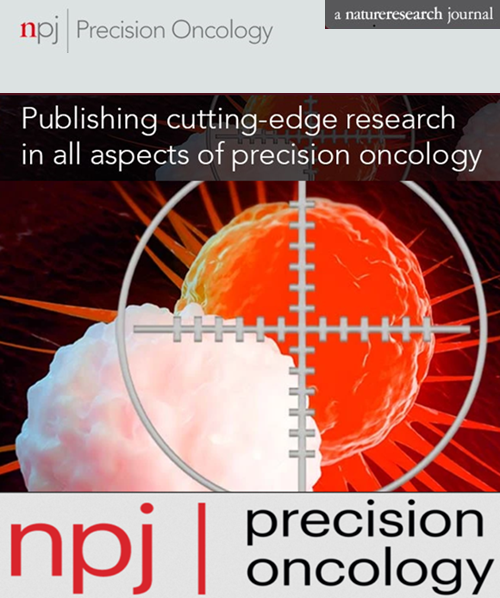Novel radiogenomics approach to predict and characterize pneumonitis in stage III NSCLC
IF 6.8
1区 医学
Q1 ONCOLOGY
引用次数: 0
Abstract
Unresectable stage III NSCLC is now treated with chemoradiation (CRT) followed by immune checkpoint inhibitors (ICI). Pneumonitis, a common CRT complication, has heightened risk with ICI, potentially causing severe outcomes. Currently, there are no biomarkers to predict pneumonitis risk or differentiate between radiation-induced pneumonitis (RTP) and ICI-induced pneumonitis (IIP). This study analyzed 293 patients from two institutions, with 140 experiencing pneumonitis (RTP: 84, IIP: 56). Two models were developed: M1 predicted pneumonitis risk using seven radiomic features, achieving high accuracy across internal and external datasets (AUCs: 0.76 and 0.85). M2 differentiated RTP from IIP, with strong performance (AUCs: 0.86 and 0.81). Gene set enrichment analysis linked high pneumonitis risk to pathways such as ECM-receptor interaction and T-cell signaling, while high IIP risk correlated with MAPK and JAK–STAT pathways. Radiomic models show promise in early pneumonitis risk stratification and distinguishing pneumonitis types, potentially guiding personalized NSCLC treatment.

新的放射基因组学方法预测和表征III期非小细胞肺癌的肺炎
不可切除的III期NSCLC现在采用放化疗(CRT)和免疫检查点抑制剂(ICI)治疗。肺炎是一种常见的CRT并发症,ICI的风险更高,可能导致严重的后果。目前,还没有生物标志物来预测肺炎风险或区分辐射诱发性肺炎(RTP)和ici诱发性肺炎(IIP)。本研究分析了来自两个机构的293例患者,其中140例患有肺炎(RTP: 84, IIP: 56)。开发了两个模型:M1使用七个放射学特征预测肺炎风险,在内部和外部数据集上实现了很高的准确性(auc: 0.76和0.85)。M2区分RTP和IIP,表现较好(auc分别为0.86和0.81)。基因集富集分析将肺炎高风险与ecm受体相互作用和t细胞信号传导等途径联系起来,而IIP高风险与MAPK和JAK-STAT途径相关。放射组学模型在早期肺炎风险分层和区分肺炎类型方面显示出希望,可能指导个性化的非小细胞肺癌治疗。
本文章由计算机程序翻译,如有差异,请以英文原文为准。
求助全文
约1分钟内获得全文
求助全文
来源期刊

NPJ Precision Oncology
ONCOLOGY-
CiteScore
9.90
自引率
1.30%
发文量
87
审稿时长
18 weeks
期刊介绍:
Online-only and open access, npj Precision Oncology is an international, peer-reviewed journal dedicated to showcasing cutting-edge scientific research in all facets of precision oncology, spanning from fundamental science to translational applications and clinical medicine.
 求助内容:
求助内容: 应助结果提醒方式:
应助结果提醒方式:


